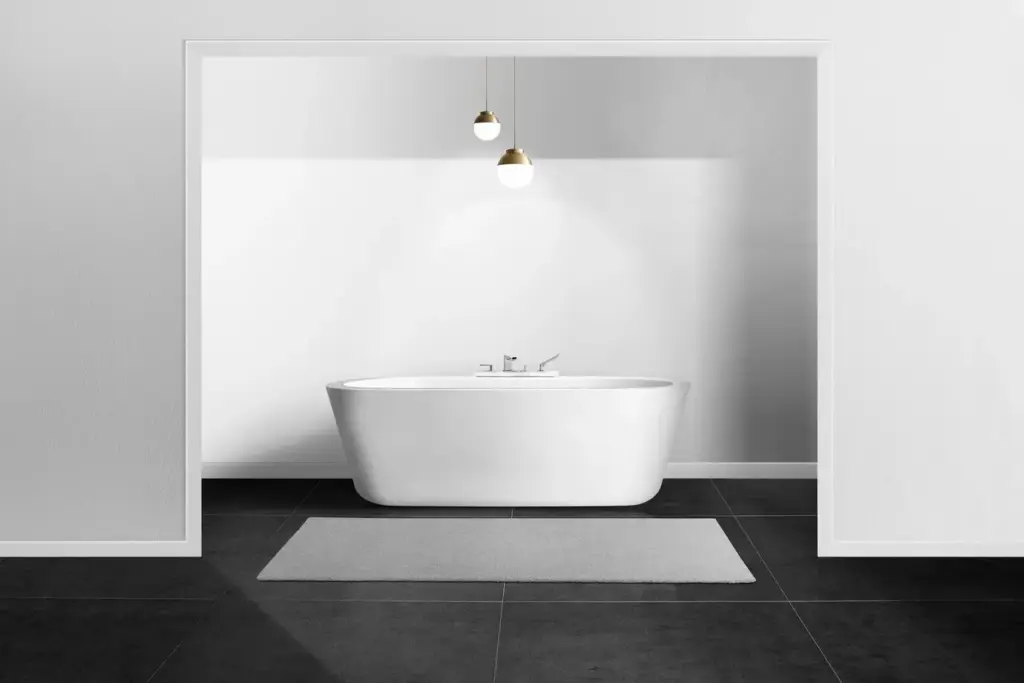
Stop Leaks Before They Start: Perfecting Tub Waterproofing, Caulking, and Sealing
Preparation Sets the Standard

Surface Cleaning That Actually Works

Confirm Level, Gaps, and Drain Slope

Moisture and Compatibility Checks
Designing Durable Joints That Move, Not Crack
The Backer Rod Advantage
Backer rod sets consistent depth, promotes a desirable hourglass sealant profile, and prevents three-sided adhesion that leads to premature failure. Choose closed-cell foam sized slightly larger than the gap for a snug fit. Insert without tearing the skin, maintain uniform depth, and keep the sealant thickness within manufacturer recommendations. Ask for a sizing chart if your gaps vary around corners and verticals.
Gap Width and Depth Control
Aim for a gap typically around one-eighth to one-quarter inch, then control depth with backer rod so the bead isn’t too thick or too thin. Joints that are too shallow starve flexibility; overfilled joints trap stress. Maintain continuity at inside corners, and avoid sharp transitions. Share measurements and photos, and we’ll help you adjust for irregular walls or factory tub rim variations.

Application Mastery Without Mess
Masking Like a Pro
Blue tape guides your bead and keeps smears off visible surfaces. Run parallel lines with consistent offset, press edges firmly, and leave enough room for proper bond area. After gunning the bead, tool once, then peel tape back on itself before skinning. Post a close-up of your masking layout, and we’ll offer micro-adjustments that elevate the final reveal from neat to flawless.
Tooling and Finishing the Bead
A single confident pass shapes the joint, presses sealant into edges, and expels voids. Use a dedicated caulk tool or gloved finger, lightly misting with an approved tooling aid if the manufacturer allows. Avoid dish soap with silicone to prevent adhesion trouble. Wipe excess immediately. Then admire a smooth, slightly concave profile that sheds water. Share results and lessons to help others replicate your success.
Curing Time, Humidity, and Patience
Respect cure windows—often 24 to 72 hours depending on sealant chemistry, temperature, and humidity. Keep showers off, avoid splashes, and prevent pets or kids from poking the bead. Ventilate gently without creating dust storms that stick to fresh silicone. Note your room conditions in a comment, and we’ll help interpret extended cure times or early skinning for different brands and climates.
Guarding the Walls: Flanges, Membranes, and Transitions
Tub Flange Integration with Tile
Set the tile backer to overlap or properly align with the tub flange per manufacturer guidance, then waterproof using a liquid or sheet membrane that laps into the wet zone. Many pros add a bead behind the tile at the flange for redundancy. Explain your flange profile, and we’ll suggest details that avoid wicking, cracked grout, and hidden leaks at the rim-to-wall junction.
Waterproof Membranes and Corners
Inside corners are where failures start. Preformed corners or carefully layered membrane patches eliminate pinholes. Maintain recommended mil thickness for liquids, or precise overlaps for sheets. Keep fasteners out of critical splash zones, then seal heads where necessary. Share which system you’re using—liquid-applied, foam board, or sheet—and we’ll help refine a sequence that protects the cavity without creating awkward tile build-ups.
Penetrations: Valves, Spouts, and Niches
Every hole represents risk. Use gaskets, collars, or sealant-compatible sleeves around plumbing penetrations, then integrate them with the main waterproof layer. Tilt niches to shed water and treat edges twice. After finishing, run a controlled splash test. Post your fixture layout for feedback on edge detailing, especially where trim escutcheons meet uneven tile or where flexible supply lines challenge neat sealing.
Long-Term Care, Recaulking, and Peace of Mind

Cleaning Without Damaging the Seal

When and How to Recaulk



